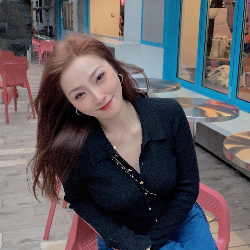We make it easy to hire people online. Get a money-back guarantee, awesome workspace, clear terms in plain English, upfront bills with itemized PDF receipts.
We make it easy to hire people online. Get a money-back guarantee, awesome workspace, clear terms in plain English, upfront bills with itemized PDF receipts.
All purchases (except Tips) are subject to a non-refundable Handling Fee of $3.49. This pays for platform overheads including admin, hosting, marketing, data costs and 24×7×365 support.

Hi, I’m Jane, I’m here to help you do business on HostJane.
So I can provide you the best support, choose a topic:
I also have information about your privacy if required.

Zhou
Chinese
Knitting is a craft that involves creating fabric by interlocking loops of yarn with knitting needles. It requires a blend of technical skill, creativity, and patience, where one must master basic techniques like casting on, knitting (knit stitch), purling (purl stitch), and binding off to form the foundation of most projects. Beyond these basics, knitters can delve into complex patterns, various stitch types such as cables, lace, and color work like Fair Isle or intarsia, which add texture and design to the fabric. Skills also extend to understanding gauge, which ensures size consistency, reading and interpreting knitting patterns, and choosing appropriate yarn and needle sizes. With practice, knitters develop an intuitive sense of tension, rhythm, and the ability to troubleshoot and fix mistakes like dropped stitches or unintended increases/decreases, turning yarn into a wide array of garments and accessories, from sweaters to socks, embodying both utility and art. Got a Knitting project? Hire the best Knitting freelancers with the right skills and background in April 2025 to get your Knitting job done quickly. Schedule a consultation with a Knitting freelancer today. Read less
Read moreGot questions? can help!
Chat is locked. You can not contact this user.
HostJane rule
Please do not send or receive any money outside HostJane which is against our site rules.
HostJane rule
Please check your content is in line with the HostJane AUP.
You have exceeded maximum upload of 20MB. Please use WeTransfer or Dropbox to send big files.
Earn cash or accept donations.
